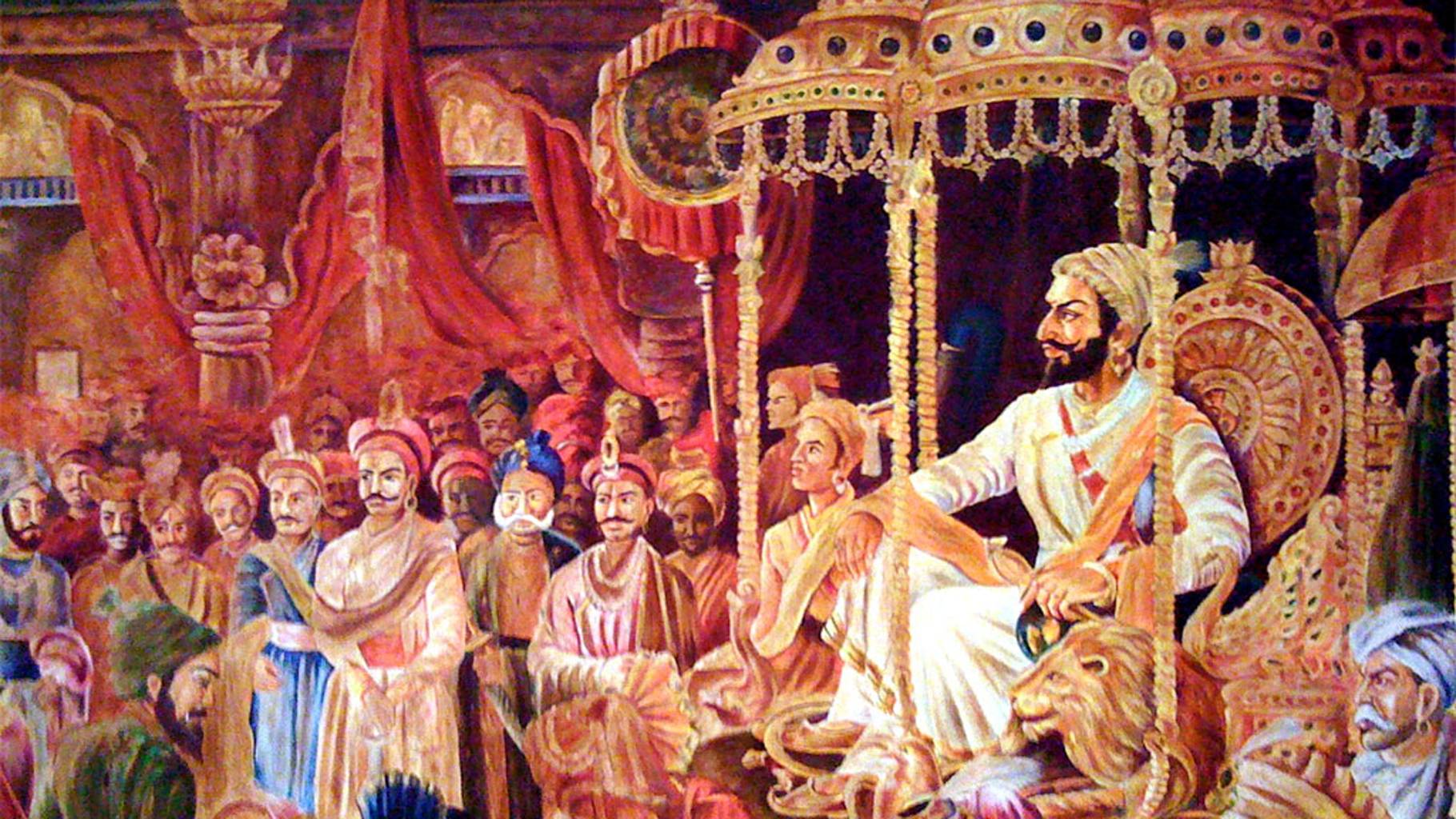First published on: June 10, 2022

(In March 1994, as part of our campaign to track the parochial processes that deter even ‘secular’ governments from fair explorations into history, we had interviewed Dr Arvind Deshpande, then chairman of the Maharshtra State Text Book Board. We reproduce excerpts from that exchange)
Since its inception in 1980–81, the main objective before the Maharashtra State Text Book Bureau that we were part of was that the ‘secular element should be jousted up in our history books…’ Shivaji, for example, has always been depicted as a Hindu hero. But the moment you do this, unknowingly, unconsciously, the bias creeps in.
For the first four to five years we were extremely conscious of this. So we did our utmost to remove these biases in order to prevent their creeping into the curriculum. Soon enough, we were faced with the consequences — opposition either from the minority or the majority community.
This was our bitter experience with a Std. IV textbook. In 1986, with the introduction of the New Education Policy, the entire syllabus was revised. In history, too, new elements were added: Regional History, Indian Culture and Civics. In preparing and publishing textbooks, we are severely restricted by the cost factor. As they have to be affordable for lakhs of SSC students throughout the state, the books are restricted to 96 pages. Now, while looking at the Std. IV history textbook, we found that 80 of these 96 pages dealt with Shivaji alone. This left little room for any other element that we wanted to
introduce.
In keeping with our objective of introducing a new value system, in the revised draft we had to rewrite portions of it, reduce the section on Shivaji. Professor Bhosale (RR Bhosale, another bureau member) also agreed. Paragraphs were changed, some re–drafted. Meanwhile, someone leaked information to the press. Even before the re–drafted book was released or published, merely on surmises and guesswork, we had to face a vicious media campaign led by Kesari (Marathi daily). We were charged with “removing the inspiring part of history and making it insipid.” Until then, we had only had a trial reading of the book for three days with 60 teachers, two from each district in Maharashtra. During this, no one seemed to have any objection. But suddenly, after the vicious campaigns in the press, the same government that had entrusted us with the task of “jousting the secular and humanist element in history” completely backed out.
This was in 1991, when the Sudhakarrao Naik–led minority government was in power. Defending our work on the floor of the house, the state education minister said that we were only trying to de–individualise history, that all of Indian history had been personality-oriented, that history should focus attention on the social forces at work and not only on individual personalities. But the chief minister succumbed and promised the agitated legislators, who cut across all party lines, that not one word in the 25–year–old textbook would be changed. As a result, the communal overtones remain; the incitement to violence is still there. All the work that we had put in for the revised draft is lost forever. We were all asked to surrender our copies to the government.
The key question is, why are issues of history being raked up again and again?
(Dr Deshpande spoke to co-editor Communalism Combat, Teesta Setalvad in 1994; this account has been archived from the earlier editions of Communalism Combat, March 1994 and October, 2001)